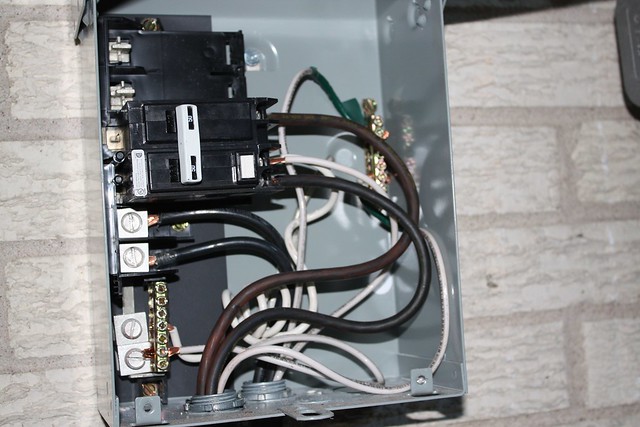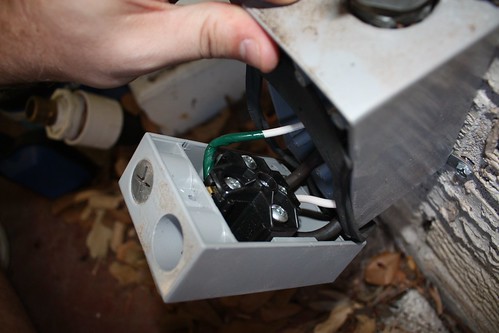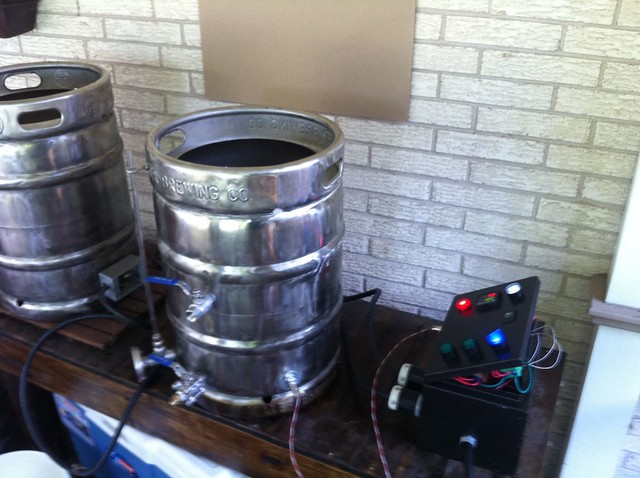BrewMoreBeers
Well-Known Member
Kal and P-J:
Thanks for setting me straight. I forgot that there is no ground/neutral on the elements - only hot1 and hot2. It now makes sense that the element only fires when hot1 and hot2 are both live to complete the circuit.
Thanks for setting me straight. I forgot that there is no ground/neutral on the elements - only hot1 and hot2. It now makes sense that the element only fires when hot1 and hot2 are both live to complete the circuit.









